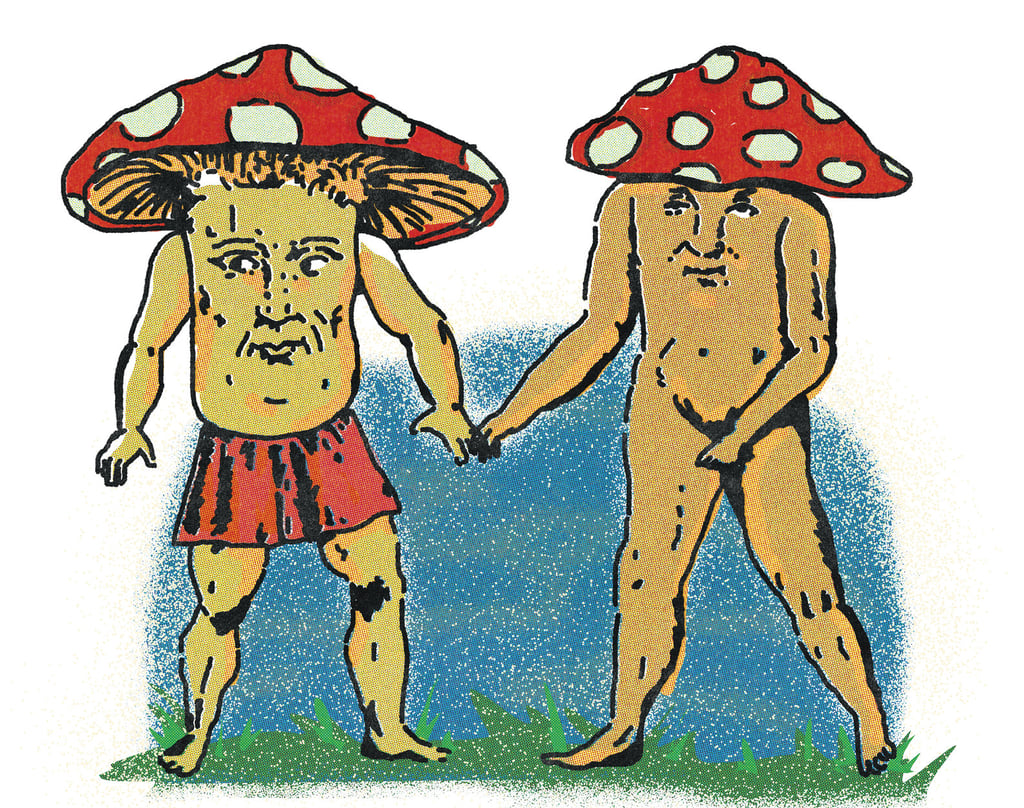

Australian Artist Luke Player Talks Illustration, Music and Screen Printing
INTERVIEW
8/14/20257 min read
Luke Player is a multidisciplinary artist. His main activities are freelance graphic design, music and screen printing. Player hails from a small village in NSW called Stanwell Park, where he works prolifically from his home studio. This interview was featured Running Man Press Vol. 1 No. 4
____________________________
RMP: There is a certain retro style among some of the current Australian visual artists and graphic designers, which can be seen in your work, though your work certainly stands out among the others. What/who are the influences that have had an impact on your current style?
PLAYER: There’s a bit of a smorgasbord of inspiration but there’s definitely something about the styles of previous decades that inspire me endlessly.
I find a real motivation in creatives who walk the line between art and graphic design, people like Milton Glaser or Reg Mombassa who treated design as an artistic practice.
My print-making background influences the way I see art and design and my music background taught me a lot of DIY ethos which informs my practice in many ways.
RMP: Does the small-town life in Stanwell Park influence your work?
PLAYER: Oh for sure, I’m interested in the strangeness and charm of rural places; the nature, old signs and stores, souvenirs, all of it.
I find these small places breed a different kind of creativity; people do their thing regardless of the outside world. A lot of my work is based on my local area as a kind of ode or talisman; a good luck charm in the hope that things don’t change too quickly, hah!
RMP: You’ve said that souvenirs have had a big influence on your art. What is it about them that captures your attention?
PLAYER: Absolutely, I’ve got a pretty extensive collection these days!
Souvenirs remind me of all the funny little towns and childhood holidays, like a lasting relic of nostalgia. I pick ‘em up at junk shops all the time. I think they’re a really undervalued piece of history.
Visually, the hand-made aspect and imperfections are really charming, I think
Australia definitely had a distinct style of souvenirs from the ‘50s/‘60s to the ‘90s, which were quite naive and playful, so I get a lot of inspiration out of that.
RMP: Was there a moment when you decided to swing the bat as an artist or did you naturally progress into a working artist? Were you often making art as a child?
PLAYER: I guess it was pretty natural, which isn’t to say it was super easy!
As far as I recall, I was always drawing rather than listening in class, illustrating skeleton armies and such, painting my skateboards, tie-dying clothes. Naturally, I went to art school and started playing in bands, designed and printed our posters and t-shirts and taught myself the basics of graphic design by necessity.
For years I was working and doing design and art on the side, at some point the scales tipped and I thought ‘Why am I still working these day jobs?’ and really pushed to transition into doing it full time, I got pretty lucky and it worked out and I’ve been able to sustain myself for a number of years now.
RMP: What is your process when you sit down to work on something new? Do you start with a pencil and paper? Do you use a computer straight away?
PLAYER: Most often I can see the design in my head and I try to capture it as best I can, sometimes that means doing a quick pen to paper sketch or waking up in the middle of the night to write a list of style notes. From there I can decide the best way to execute it–the computer can be a great tool but I’m not too technically minded, I often resort to fairly primitive ways of bringing everything together and hand-draw everything.
RMP: Do you always work from home?
PLAYER: Yes I do, I’m lucky to live in a beautiful place surrounded by nature where I can live and work. I don’t mind spending the days alone listening to music and drawing either, in fact it invigorates me, hah!
RMP: In the RMP interview with cartoonist Marc Bell, he mentioned that it can be a struggle to make unique artwork using a computer. Something that sets your work apart is that it has the human touch. Is this something that you have consciously worked to retain?
PLAYER: I’d agree, my personal experience is the computer is only a tool for certain functions. I used to cut everything up by hand and glue it to a master-layout page, including typesetting. After a while I learnt all it takes is a client changing a date or ticket price and you’re screwed! There’s been some evolution in my practice out of necessity.
In saying that, I do consciously keep a human touch in my work, and am as hands-on as possible for each project. I’ll never think ‘this is a little off-center’ or ‘I coloured outside the lines!’; I try to roll with the imperfections and hope they all add up to a human feeling.
Design from previous eras has a bunch of quirks that’d be considered mistakes or oversights through a modern lens, but those things are often the most beautiful or interesting, I try to hold on to that ethos and I think people appreciate it more as we move further away from human-oriented practices, we want to see something messy with heart and soul!
RMP: You also screen print your designs on t-shirts and posters. What drew you to screen printing? Does the process add any new elements to your work?
PLAYER: I did screen-printing before I ever learnt to use a computer for graphic design, so there was a bit of a funny process of learning-backwards when I wanted to pick it up.
Screen printing only allows you to print one colour at a time and you’ll usually want to minimize colours whenever possible, which is a hard thing to un-learn.
I still think in terms of layers-by-colour and often work with as few colours as possible, finding new ways of using overlapping and half-tones.
I find screen printing to be really tactile and beautifully imperfect. I took it on at art school and never really stopped, it was a real ‘A-HA!’ Moment in understanding why those old posters I love look the way they do.
I worked at a commercial screen-printing place for a few years and learnt the technical side, now I’ve got enough room for a little poster table and 6-colour carousel. It’s a nice way to get your hands dirty in creating real-world objects and escaping the algorithm too.
RMP: You make music in your spare time and are in more than one band (Luke Spook, The Pinheads, Expensive Music Band, etc.). With so many projects on the go, how do you prioritize and manage everything?
PLAYER: After more than a decade touring and recording albums, I made the healthy choice at some point to think ‘this isn’t a job, I do this for fun’. That’s helped me balance everything out more than anything. I also do art and design for fun first and foremost, but secondly, it’s become my job so I have to weigh that up, although I’d be doing it regardless!
RMP: There is a Beatles influence in some of your music and music videos. Are they your biggest musical influence? Who else makes the list?
PLAYER: I love all that ‘60s and ‘70s stuff, it’s in my soul. The list would be endless, I spend a lot of time listening through everything from the classics (Dylan, Incredible String Band, The Kinks, Neil Young, Joan Baez, Joni Mitchell, Alice Coltrane, etc.) to obscure private press albums and compilations. It kind of goes hand-in-hand with seeking out obscure and interesting design.
I spent years obsessed with all that British ‘60s psych stuff, Syd Barrett was a big one, but in the last few years my horizons have been broadened to all sorts of things, I’ve been really digging a bunch of outsider-country & folk and ethio & free jazz stuff the last while.
RMP: Your music has a great retro sound too. How do you go about recording it?
PLAYER: I’d say it’s very much related to my art and design; if it’s wonky, good!
To me, creativity will always win out over technicality. I play all the instruments myself because it doesn’t need to be perfect and it’s fun for me. I try to embrace the imperfections and unpredictability, using tape and analog gear wherever I can, experimenting and playing, listening to old records thinking, ‘how the hell did they get that sound?’
RMP: Is your music ever inspired by visual arts and vice versa?
PLAYER: Absolutely, as I mentioned it all kind of filters through the same ethos and curiosity. When I’m designing something I’ll often be thinking of what kind of record you’d find behind the cover, or what sort of head-shop you’d be seeing a poster in and what music would be playing in that fictitious head-shop.
I guess they use the same parts of the brain so it all feels like one to me, or at least they overlap a hell of a lot.
Music and art are inseparable in many ways. I can’t count how many times I’ve taken a vinyl home purely because the cover has made me excited to hear what it sounds like; most often they’re great, sometimes they’re terrible!
RMP: What do you have in the works? What’s next?
PLAYER: I’ve got an album or two to record before the end of the year and an exhibition of screen-printed posters in December. Apart from that, my partner Lucia and I are heading off on a huge road-trip to find some rural inspiration, see some friends and dig the countryside, up to where it’s summer all year long in Australia.
I’ve got so many ideas for shirts and things that I want to make and I’m getting more and more work so I’m taking it all as it comes.
I suppose I’ll keep on truckin’ on the endless quest of learning and creating.
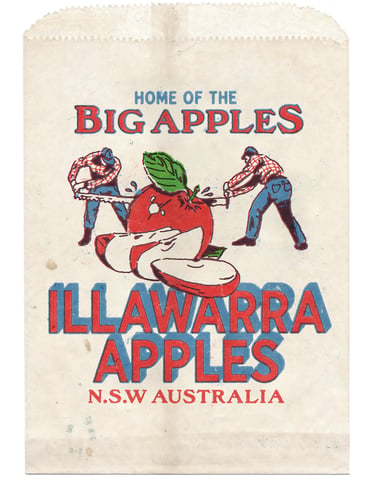

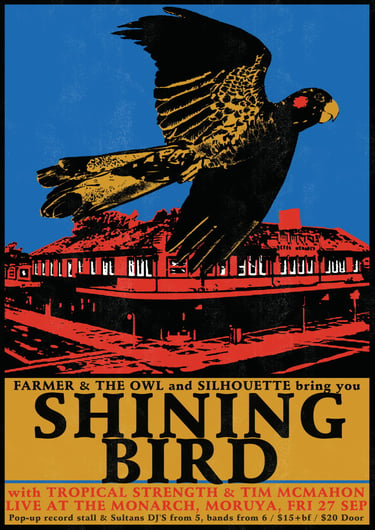
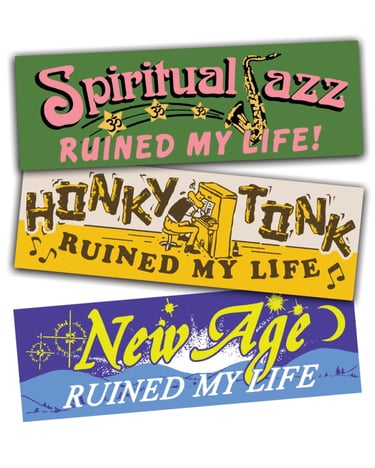
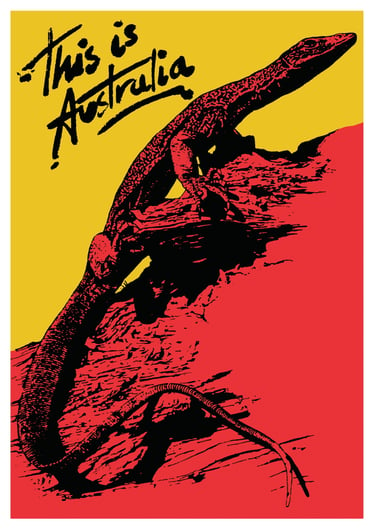
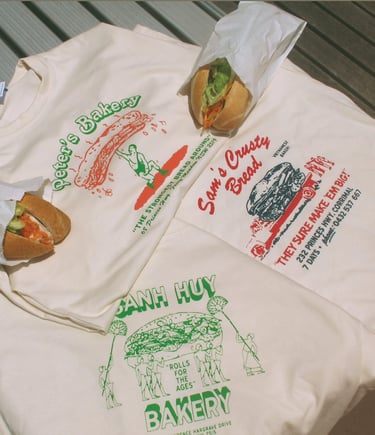
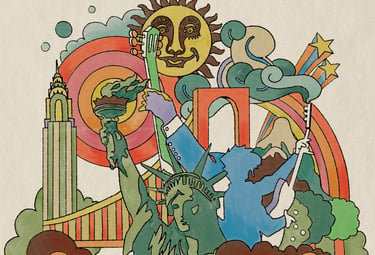
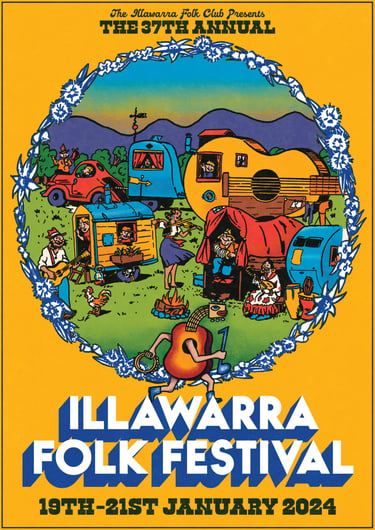
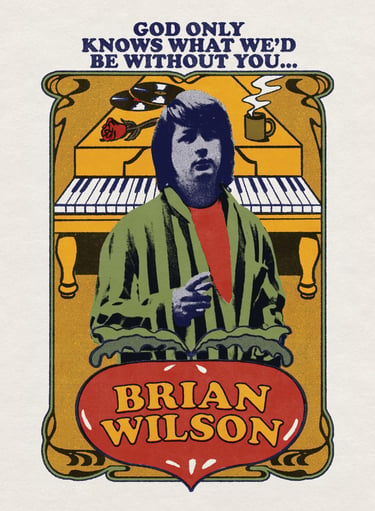
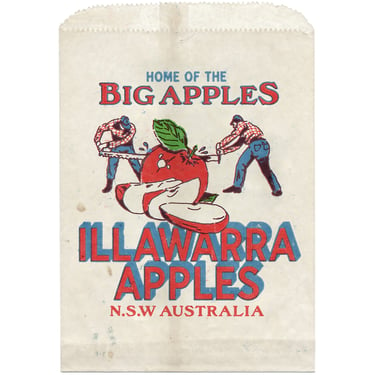








RUNNING MAN PRESS
CoNTACT
info@runningmanpress.ca
© 2024. All rights reserved.
ads@runningmanpress.ca
